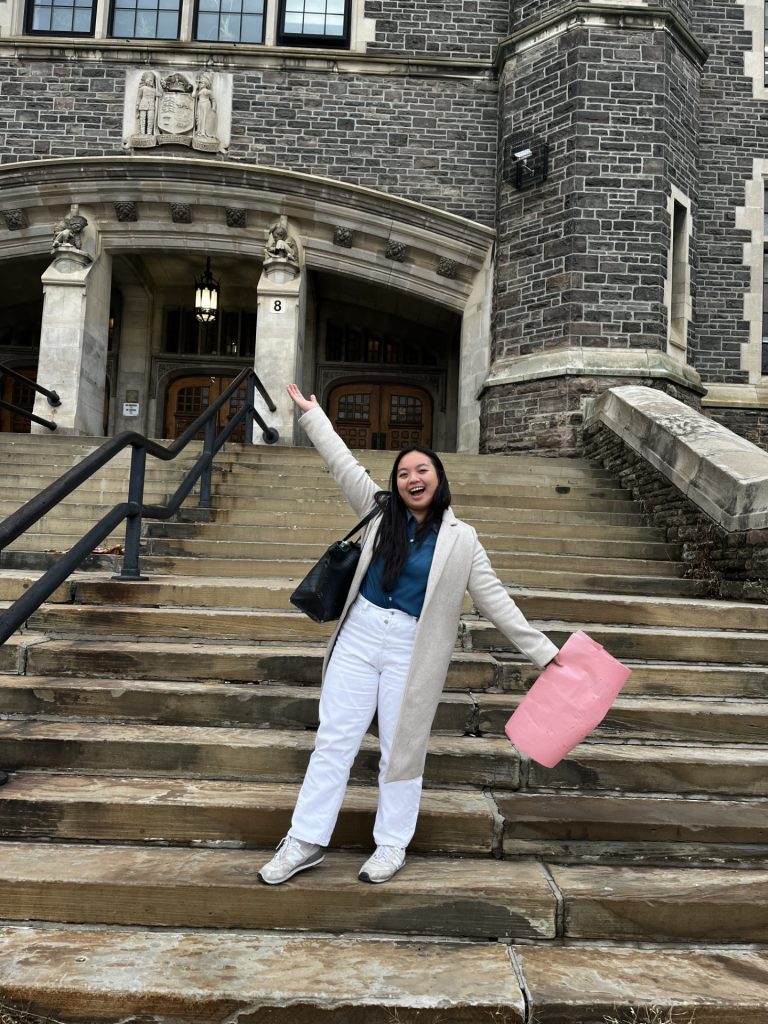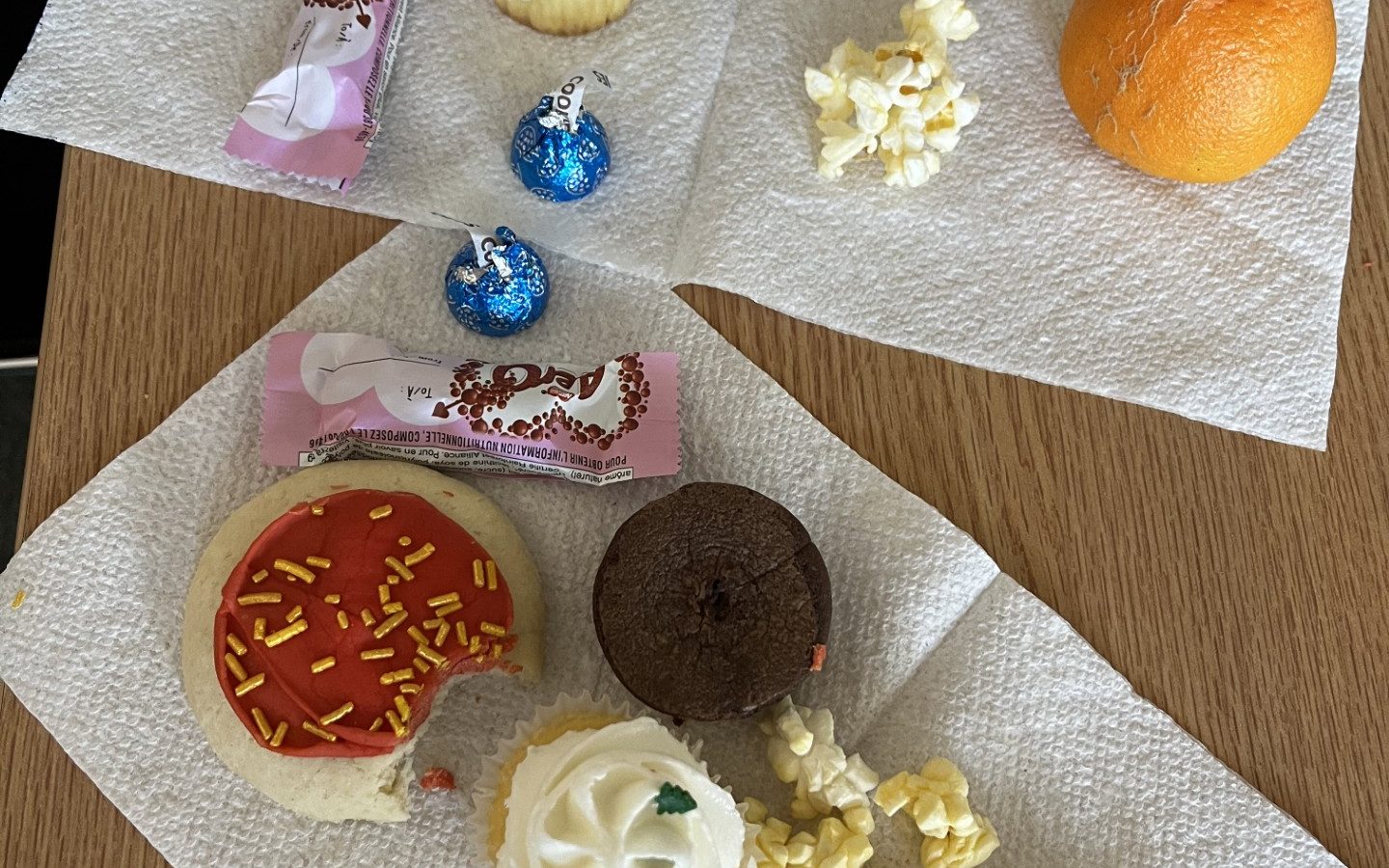What’s it like being a graduate student? Three words to describe it would be: challenging, fulfilling, and fun! To (re-)introduce myself, I just completed my first year in the Master of Teaching program, with Math and Social Science teachables in the Intermediate/Senior stream. Whether you’re eyeing grad school in the future, or are entering the MT program in September, here are a few of my key takeaways from being a graduate student at OISE.
Tight-Knit Community
In my program, we are grouped into a cohort of about 30 students and take five out of our six courses together. This meant I got to know every single person in my class and made some pretty cool friends coming out of first year. My favourite memories have been our potlucks, both outside of class and in-class! Everyone was also on first-name basis with professors, which was usually rare in my undergraduate classes, unless you regularly attended office hours. The connections I made with both my classmates and professors were invaluable, and I am super grateful for all the new people I met this year.
Assessments and Workload
One thing that shocked me going into grad school was that anything less than a B- (below 70%) is considered a failing mark. Luckily, achieving above a 70% was pretty attainable in this program, as I genuinely cared about what I was learning, and professors were accommodating, helpful and genuinely wanted students to succeed. In turn, I also found myself less stressed than I was during undergrad. To be fair, we did not have to write any tests or exams. Talk about a dream, right? Our assessments typically consisted of papers, a group presentation, lesson plans and participation marks. Overall, the workload was manageable, and I still balanced spending time with family and friends, work, and staying involved in sports.
Courses and Research
Being in a course-based masters, I need to complete a set number of courses, all of which have been pre-selected except my two electives. I took courses on issues in educational law, anti-discriminatory education, child and adolescent development, curriculum and teaching in mathematics, and even social media and education. All of the classes were both interesting and practical for my future career in teaching. One of these courses, Educational Research 1, involves conducting research on a topic of our choice. As someone with minimal research experience coming into the program, I felt supported by my professors that walked us through the research process, including reflecting on our positionality, as well as the librarians that led workshops on how to find sources for our literature review. Learning about classroom pedagogy rooted in research from professors who are veteran teachers, education policymakers, and equity advocates, gave me the confidence to go into practicum with better insight on teaching and learning.
Practicum
Speaking of practicum, this was one of the Master of Teaching’s main components — two five-week practicums in the first year of being a student teacher! I took on most of the role of being a teacher, teaching two out of three classes a day and being responsible for making lesson plans, marking, and everything in between. This component was probably one of the most challenging but helpful parts in preparing to becoming a high school teacher. I lived the day-to-day realities of being a teacher, experiencing some lows of managing lesson planning a new course to great highs of students telling you how much of an impact you’ve made.


Overall, my younger self would be so proud that I’m on my way to becoming a teacher! Some days can be hard, but remembering why I wanted to be here in the first place got me through them. Looking forward to my second and final year at OISE and U of T!
– Jess

